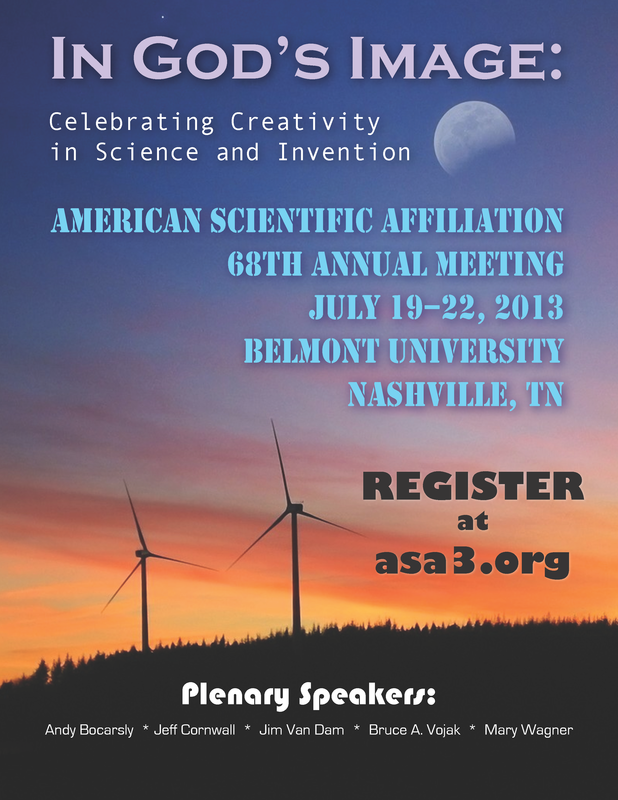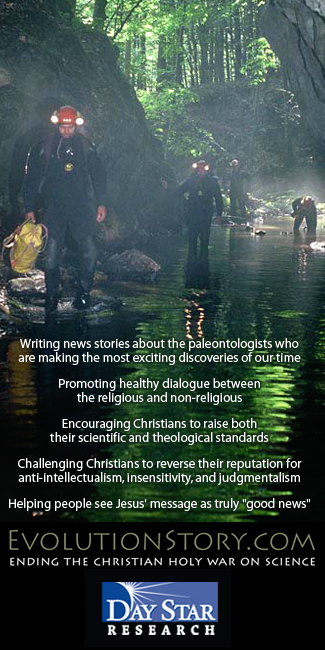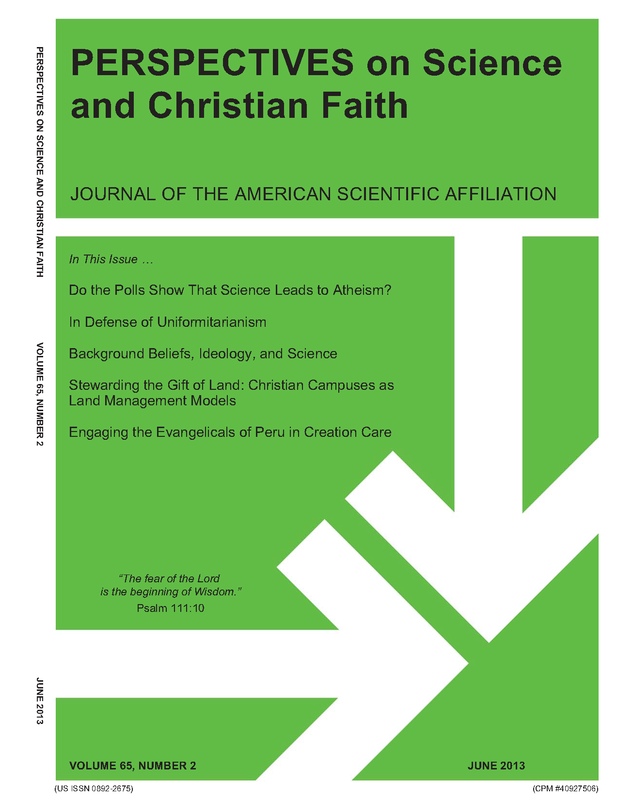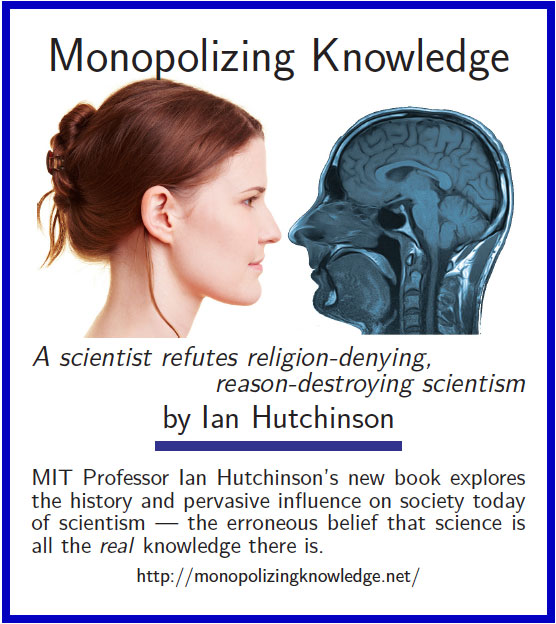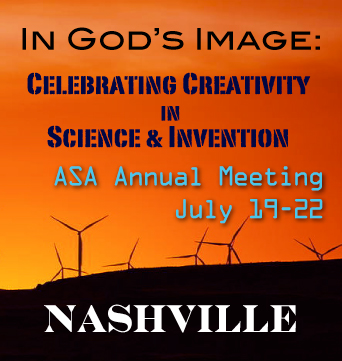"Great Gravity" is featured every edition of God & Nature Magazine, and tells the story of BNL physicist Bill Morse's journey through the world of muons and quarks, colliders and bubble chambers, with the heart of a committed Catholic and longtime-teacher of Sunday school. Read the first post in this series here.
The Grad School Years
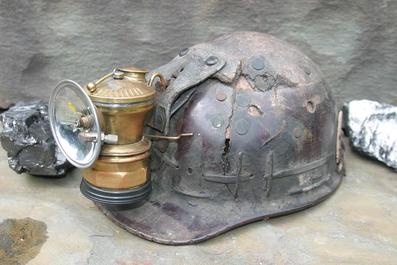 Antique carbide lamp
by Bill Morse
During my senior year at Stony Brook I applied to grad Schools. I had applied to several SUNY schools, when I received a brochure from Purdue University. I had never received a college brochure in the mail before! Of course, my children get hundreds of college brochures when they are the appropriate age, but back then we didn't. In any case, I applied to Purdue. My grades weren't so good, especially Junior E&M. I thought a recommendation from that professor would carry more weight, so I went to ask him for a letter of recommendation. My professor asked me a question: "If un-polarized light hits a polaroid filter, what fraction gets through?" I said half. He said, "Right." He asked, "If we add another polaroid filter at 90 degrees, what would get through"? I said no light would get through. He said "Right." Then he asked what would happen if we added a third polaroid filter between the two at 45 degrees. It was so obvious to me that I wondered why he asked. I said no light would get through. He said, "No! One eighth would get through!" I thought this was something that I had missed in his Junior E&M course, and felt bad. Only later did I realize that "classical" E&M has quantum weirdness within it. Anyway, Y.Y. must have given me a good enough recommendation, because I was accepted at all the schools I applied to, but only Purdue offered me money: an astounding $280/month for a teaching assistantship. I could afford to go to grad school! Let me say a word here about my military draft experience. While I was an undergraduate, there was a college draft exemption. When I went to grad school, this was dropped. Draft numbers were assigned depending on your birthday. Unfortunately, I got a very low number, but luckily, there were grad school draft exemptions. Yet after I actually got to grad school, these, too, were dropped. However, I was given a teaching deferment, because of my assistantship. However, after one year, this was dropped, also. I sent my draft board a letter saying I was against the Vietnam War on moral grounds. They finally set up a hearing. I drove to Portland, Maine for the hearing. They asked what my religion was. I said Catholic. They rejected my request; they said they only considered requests from Quakers. However, it took time for the paperwork to work its way through. I finally got a letter saying that with my draft number, I could expect to be drafted in the next month's request. I called and asked how many the request usually was for. They said, “About one hundred.” I asked how low it would have to be for me not to be called. They said, “One.” I considered three options: going to Canada, joining the Army so I could choose where I would serve, or getting drafted. I discussed the first option with my parents. My father said it was my decision, but that this would have consequences for a long time to come. I decided against Canada. We had an Army recruiter come to our house to explain the second option. I would be in the Army for three years, instead of two years for the draft, so I decided against option two. (However, my brother Dave, who had a high draft number, looked over the brochures he left behind, and decided to join! He spent his time in Germany.) I was driving back to Purdue anticipating being there for just one more month before being drafted, when Nixon announced over the radio that effective next month he was canceling the draft! Grad School 1969 - 1976 My father and I went looking for a used car. I settled for a 1964 Chevy Nova for $300. We went to the bank to get the loan. The banker asked how much we wanted the loan for. I said $300. My father said, "Make it $600." Of course, before I picked up the car, I needed car insurance, which was another $300. I asked my father how one year of insurance could equal the cost of the car. He explained liability to me. In September, 1969, I started out for Purdue. It was 600 miles from Syracuse, New York to Lafayette, Indiana. It took me twelve hours. That was the longest drive I had ever done up to then. A master's degree took two years. To qualify for the PhD program required a B average or better in the "core courses" and passing a day-long "qualifier test," which we all called the Qual. My advisor suggested that I retake Junior E&M at Purdue, since I got only a C at Stony Brook. E&M was one of the core courses and the Qual was heavy on E&M. I told him I thought that was a great idea, and, indeed it was. I ended up passing the Qual on the first attempt, and doing well in the core courses. I was teaching several freshman physics recitation sessions per week. I loved it. The students were learning the secrets of physics from me! That first year I spent all my time either studying or preparing for my recitations. I took off Friday night only, and we played bridge. Despite the heavy workload, I loved it—I felt challenged and, after all, this was physics. A friend of mine decided to take all day Sunday off, and he joined the Purdue Outing Club (POC). I told him he would flunk out. He did. My second year at Purdue, I joined the POC, and met a freshman, Sara Troyer, who I married in 1973. We have four wonderful children: Andrew, Kathleen, David, and Rachel. As it says in Proverbs: "A king can give his son many things, but a good wife is a gift from God." The POC had two major activities: caving and rock climbing. I did both. Howie was at Northern Illinois State and came down to visit me one weekend. I suggested that we go caving, and he thought that would be fine. Before we arrived at the site where we would be spelunking, I showed him a cave I had done earlier that year with the POC. It was 80 feet straight down, which we had navigated by rappelling down on a rope. We then explored the cave using carbide lamps: you just put a small amount of carbide in the container, add water (there is always water in a cave), and it produces a flammable gas which you light with a friction device on your helmet. Once we were all down, we explored the cave. There were a large number of bats on the roof of the cave sleeping upside down. Amazingly, our lights didn't wake them. After exploring the cave, I was the first one going up using an ascender. You simply raised the right ascender on the rope, then stepped up in the right stirrup, and then repeated with the left ascender. It sounds complicated, but you soon get into the rhythm, although it is tiring. About half way up, I paused to rest, and I smelled something burning. My carbide light flame was burning the rope! I had to remember to keep my head turned! I called down to my POC companions at the bottom telling them to be careful not to burn the rope when they went up. I won't mention what they said back to me! The vertical part of the cave was wide, probably twelve feet wide. However, the hole at the top was just a body width wide—we had simply put a log over it and tied the rope to the log. As I was coming out, I heard whooshing sounds all around me. It was dusk, and the bats were coming out of the cave! This was an expert cave. The nearby cave I would do with Howie was a beginner's cave. I started Howie's carbide light, and told him to start down, and I would be right behind. However, I couldn't light my carbide. This cave went down a gentle incline, and then there was a ten-foot cliff, which you avoided by going to the left. Somehow, Howie just slid down the incline and went over the cliff! He was holding on at the edge and yelling to me. Of course, it was pitch dark below him, and he had no idea how high the cliff was. I told him to hold on, I was coming. As I got to him I saw his finger marks in the mud, and then just as I got there he lost his grip and fell. Of course, he only fell about one foot. Fortunately, he wasn’t injured, so we explored the cave, which was beautiful. The next year I took Howie rock climbing, and he dislocated his shoulder, but that’s another story. That was Howie's last caving trip. My last caving trip was about a year later. We were doing a cave with a half-mile-long crawlway, after which it opened up into a beautiful large cavern. At places in the crawlway, the ceiling was so low that we had to take off our helmets and push them ahead of us. At one point, the crawlway got very tight, and then it opened up a little. Three of us came through, and the last one, a rather well endowed girl, said she was stuck. This was our only way in or out! We tried to talk her through, but she just got more stuck. Then two of us turned around and grabbed her hands. We told her on the count of three to exhale and we would pull. We pulled her through! That was a relief. On the way out, we made sure that Roxanne was the last one, that way if she got really stuck, we could go get help; however, the same maneuver worked again. After that cave, I decided I had had enough caving adventures, and I didn't go anymore. However, I kept rock climbing, even though about once a year I would narrowly miss being hit by a falling rock. After Sara and I had our first child, Andrew, I realized that if I wanted to live long enough to see my grandchildren I should consider quitting rock climbing, which I did. Several of my friends either died or suffered traumatic injuries from climbing after I quit. After my first two years at Purdue, I finished all my core courses, and Virgil Barnes agreed to be my thesis advisor. My thesis experiment was Experiment 2B at a new laboratory being built an hour west of Chicago: National Accelerator Lab (NAL), later renamed Fermilab. Experiment 1A, in the building next to us, was to be the infamous neutrino experiment*, with alternating neutral currents, while experiment 2B was a bubble chamber experiment to investigate the highest energy proton interactions, an order of magnitude higher energy than available at Brookhaven National Lab (Long Island, N.Y.) or Argonne National Lab, half an hour southwest of Chicago. Let me explain briefly what we knew at that time, and what we were looking for. The atom is composed of a nucleus of protons and neutrons, and electrons which orbit the nucleus. The neutron has zero charge, the proton has positive charge, and the electron has negative charge. Thus, the atom has zero net charge. The forces, besides gravity, are the strong nuclear force, the electromagnetic force, and the weak force. The strong force was invented to explain why protons and neutrons are stuck together in the nucleus. The electromagnetic force was and is still the best understood force. The classical version is totally described by four beautiful equations called Maxwell's equations, which were discovered in the nineteenth century. The quantum version was worked out in the early to mid-twentieth century, and explains how the electron is bound to the atom. The weak force was invented to describe why a free neutron decays into a proton and an electron. In this decay, the energy and momentum of the proton and electron do not add up to the neutron’s energy and momentum, so another neutral particle called the neutrino was postulated so energy and momentum would be conserved. At first, this idea was unpopular, but gradually it was realized that there would be more symmetry if the electron had a partner, just as the neutron is the partner of the proton. This symmetry is called isospin symmetry. A free neutron has an amazingly long lifetime for an elementary particle: ten minutes!—most elementary particles decay in less than a second. From this lifetime, Enrico Fermi worked out the probability for a neutrino to interact with a neutron and give a proton and an electron. The sun emits many neutrinos. If the distance between the sun and the earth was filled with lead, most of the neutrinos would still get through! The weak interaction is very weak indeed. So why is it needed at all? The sun makes energy through fusion. The sun starts as hydrogen, then makes helium, and so on, and this releases energy. However, a star made up of hydrogen has no neutrons, and helium is made up of two protons, two neutrons, and two electrons, so where do the neutrons come from? Occasionally, by the weak interaction, a proton and an electron will become a neutron and a neutrino, for example. The weak interaction manufactures the neutrons, and this is how our sun makes energy. No weak interaction means no solar energy. If the weak interaction were much stronger than it is, our sun would have burned out long ago. * Experiment 1A was the Cline, Mann, and Rubia neutrino experiment. They discovered, and then un-discovered the "high y anomaly," then discovered, and then un-discovered, and then discovered neutral currents. That's why it is called, tongue-in-cheek, "alternating neutral currents." Read the next post in this series here.
|



